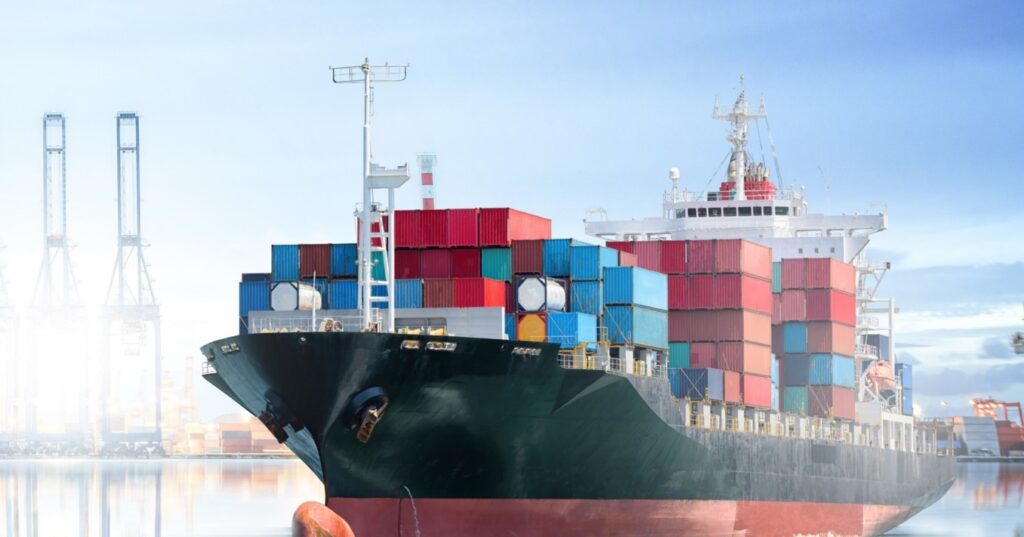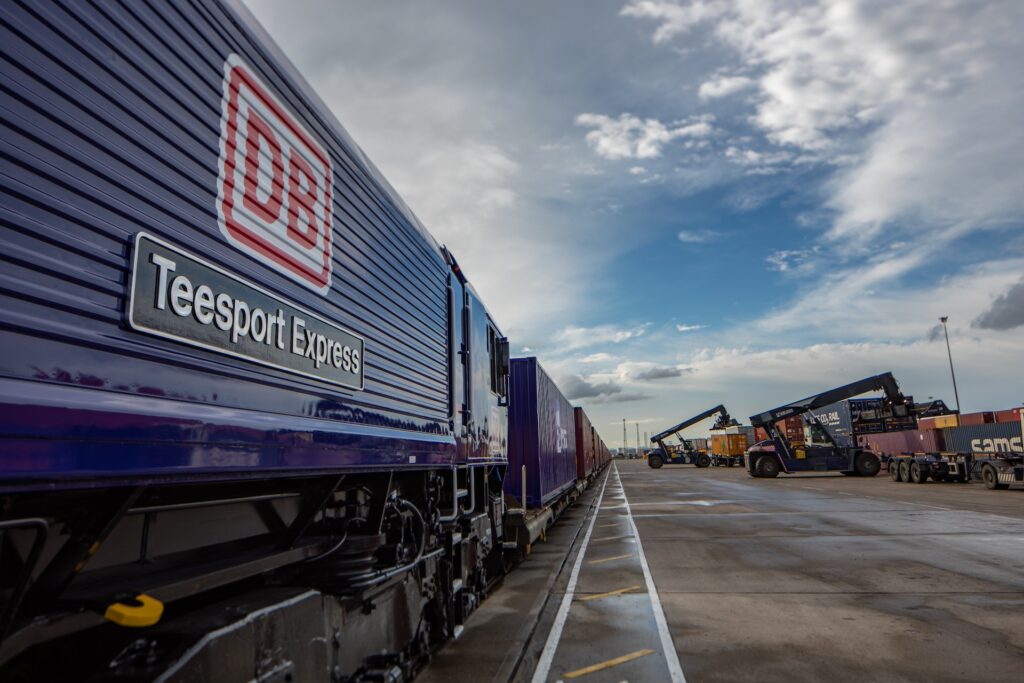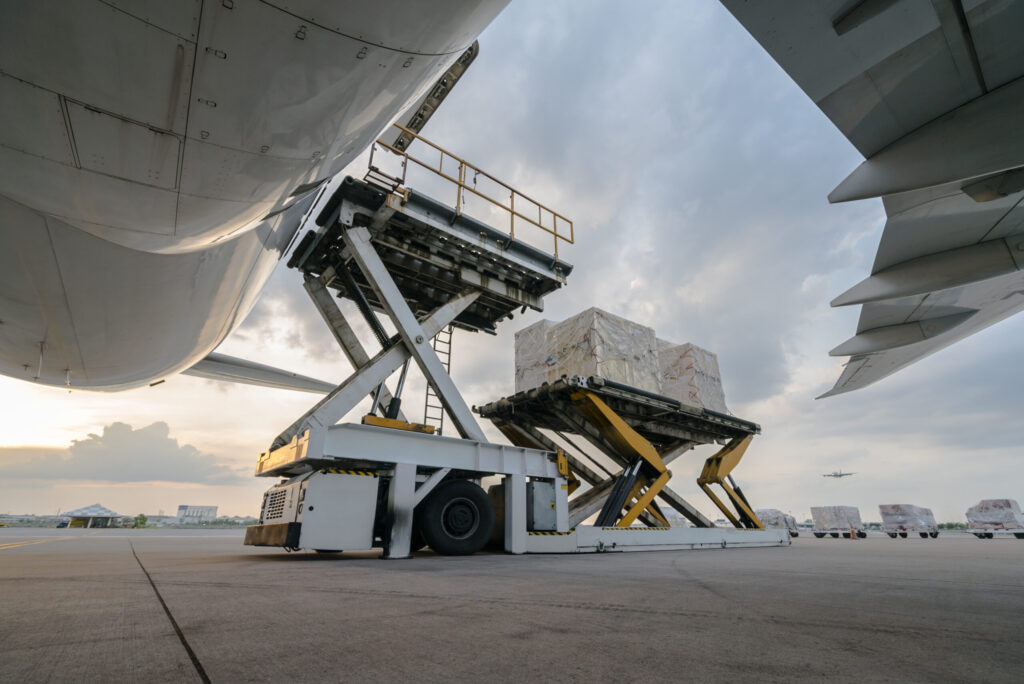- By Della tj
- September 29, 2025
- Sea Freight, Shipping
Sea freight from China to the UK remains the backbone of international trade, offering cost efficiency and reliability for importers. Businesses choosing China to UK sea freight often weigh delivery time, customs requirements, and container pricing to optimize their supply chains.
What Makes China to UK Sea Freight So Popular?
Shippers select sea freight because it provides a balance between price and capacity. Unlike air freight, which is faster but costlier, sea freight allows importers to transport large volumes without breaking budgets. Additionally, it is highly flexible—supporting both Full Container Load (FCL) and Less than Container Load (LCL).
How Long Does Sea Freight Take from China to the UK?
Transit times vary depending on origin ports such as Shenzhen, Ningbo, or Shanghai. On average, it takes 30–40 days port-to-port. However, delays can occur due to congestion at Felixstowe, Southampton, or London Gateway.
| Origin Port | Destination (UK) | Transit Time (Days) | Notes |
|---|---|---|---|
| Shanghai | Felixstowe | 32–36 | Most stable route |
| Ningbo | Southampton | 34–38 | Moderate congestion |
| Shenzhen | London Gateway | 28–32 | Fastest route |
What Are the Shipping Costs for China to UK Sea Freight?
Costs depend on container size, Incoterms, and seasonality. Fuel surcharges and port handling fees also impact the total.
| Container Type | Avg. Cost (USD) | Capacity | Suitability |
|---|---|---|---|
| 20GP | $2,100–$2,500 | 28 CBM | Small loads |
| 40GP | $3,800–$4,200 | 58 CBM | Large loads |
| 40HQ | $4,000–$4,400 | 68 CBM | High volume |
What Documents Are Required for UK Imports?
Customs clearance is crucial. Missing paperwork can cause delays or fines.
| Document | Purpose |
|---|---|
| Bill of Lading (B/L) | Confirms ownership and shipment details |
| Commercial Invoice | Declares goods’ value |
| Packing List | Identifies goods inside containers |
| Import License (if required) | For restricted goods |
| UK Customs Declaration | Compliance with HMRC |
Should You Choose FCL or LCL Shipping?
- FCL (Full Container Load): Best for large shipments, fixed price per container.
- LCL (Less than Container Load): Ideal for smaller cargo, but subject to consolidation delays.
| Mode | Cost | Transit Time | Pros | Cons |
|---|---|---|---|---|
| FCL | Higher upfront | Faster | Secure, predictable | Not economical for small loads |
| LCL | Lower upfront | Slightly longer | Flexible, cheaper for small cargo | Risk of damage, delays |

Real Shipping Case Studies
Case 1:
- Route: Shenzhen → Felixstowe
- Goods: 1×40HQ container, 25 tons of electronics
- Cost: $4,200
- Time: 33 days
- Mode: FCL
Case 2:
- Route: Ningbo → Southampton
- Goods: LCL, 12 CBM of furniture
- Cost: $1,200
- Time: 39 days
- Mode: LCL consolidated
How Does Sea Freight Compare with Air and Rail?
What Are the Major UK Ports Handling Chinese Cargo?
- Port of Felixstowe: Largest container hub, handling most shipments from China.
- Southampton: Specialized in automotive and electronics cargo.
- London Gateway: Advanced automation, faster handling for LCL shipments.
How Do Incoterms Affect Costs and Risks?
Incoterms like FOB, CIF, and DDP determine who pays for freight, insurance, and duties. For instance, FOB Shanghai means the buyer arranges shipping after departure, while DDP London includes delivery to the buyer’s warehouse with duties paid.
What Are the Latest Trends in China to UK Sea Freight?
- Digital tracking systems streamline customs clearance.
- Green shipping initiatives push carriers toward low-emission vessels.
- Post-Brexit trade rules require closer compliance with UK customs documentation.
Conclusion
Sea freight remains the most economical method for moving large cargo volumes between China and the UK. With costs significantly lower than air freight and transit times more predictable than ever, importers benefit from a reliable supply chain. By understanding transit times, container costs, customs requirements, and Incoterms, businesses can make informed decisions. Ultimately, China to UK sea freight continues to be the preferred choice for sustainable, cost-effective international logistics.
- Consult TJ China Freight Forwarding for the lowest quote. They will provide you with reliable, cost-effective service.
FAQs
Q1.What is the cheapest way to ship from China to the UK?
Sea freight via LCL is the cheapest option for small loads, offering budget-friendly rates compared to air or rail.
Q2.How much does FCL cost from China to the UK?
A 40HQ container from major ports costs around $4,000–$4,400, depending on route, season, and shipping line.
Q3.Can I track sea freight shipments from China to the UK?
Yes, digital tracking tools allow importers to monitor container locations and estimated delivery schedules in real time.
Q4.Which UK port is best for China imports?
Felixstowe is the leading choice, while Southampton and London Gateway also serve large volumes of Chinese imports.
Q5.How long does customs clearance take in the UK?
Clearance generally takes 1–3 days, provided documents such as invoices, packing lists, and declarations are accurate.




